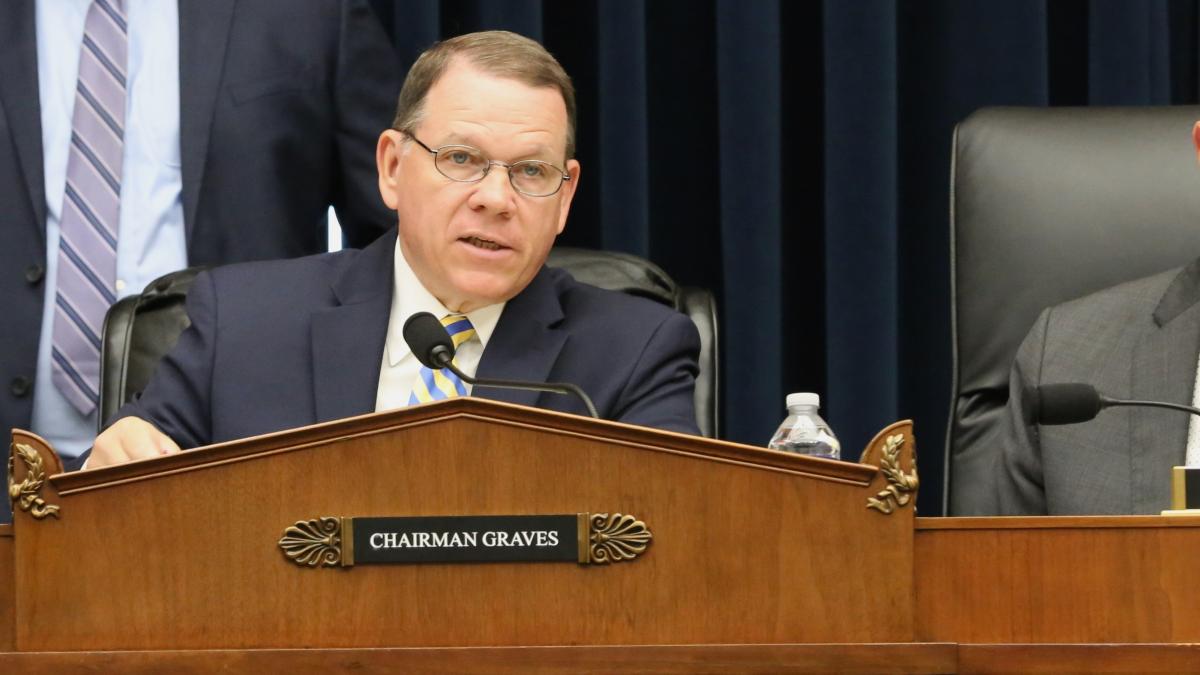Protecting Landowner Rights

Straight Talk with Sam
Nearly two centuries ago, when the railroads began laying track to move people and goods more efficiently around the country, they had to make deals or use eminent domain to take the land necessary to run miles and miles of track in a straight line. In many cases, landowners made a simple bargain as part of the agreement to give up their land: if the railroad stops using the land as a railway, then the landowner gets the land back.
And that's the way things were—until Congress decided to rewrite those deals over 100 years later with the National Trails System Act Amendments of 1983, which created what we know today as the Rails-to-Trails program. At the time, railroads were struggling and shutting down lines all over the country. The idea was to convert abandoned rails to trails, providing new recreational opportunities for communities and preserving these corridors for conversion back into rail lines in the future—a noble enough idea, but one that created a whole laundry list of problems.
For starters, the process it established completely ignores those most affected by these projects—the landowners along the corridor. Secondly, the courts have found that the federal government taking these rail corridors and giving them to trails sponsors without compensating the landowners is a violation of their Fifth Amendment rights. That means in many cases landowners are entitled to compensation, but to get what they're owed for the government taking their land, they have to hire a lawyer and sue the federal government.
Not only is it incredibly unfair to these landowners, many of them farm families who have worked the land for generations, but it also means that the federal government has to pay for the land, rather than the trail sponsor who wants to build the trail. That's just wrong—and we need to fix it.
That's why I've reintroduced the Rails to Trails Landowner Rights Act, which would give impacted landowners a seat at the table in rails to trails projects and ensure trail sponsors, rather than American taxpayers, foot the bill for the costs of these projects. That's the way it should've been done to begin with and that's the way it should be moving forward.
Sincerely,
Sam Graves
